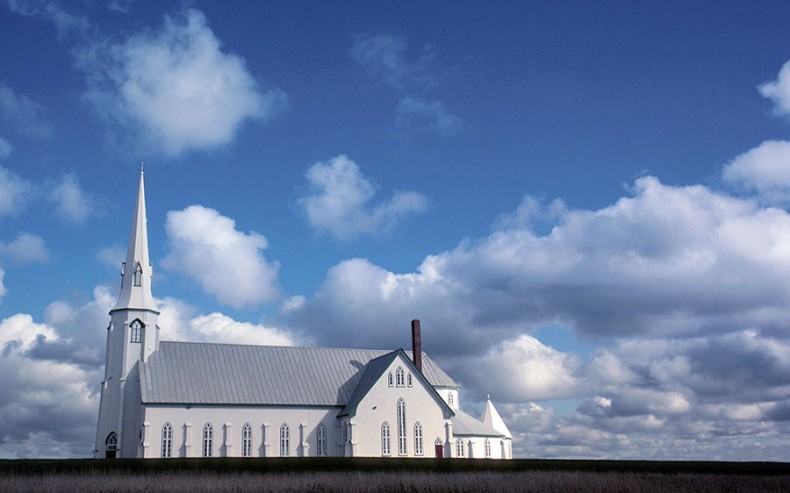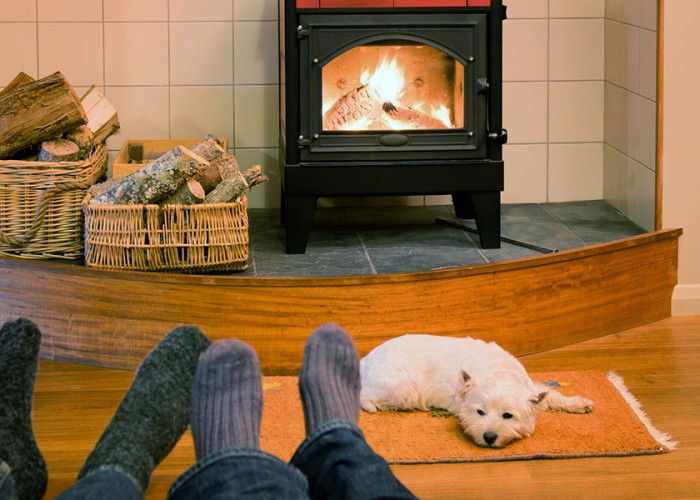Energy-Savvy Congregations
Create a plan to make energy improvements at your house of worship
By Hannah McKenzie
Q:I have seen measurable savings from making energy upgrades around my home, but I am curious about the potential for savings in another kind of house … a house of worship. As an active member of my church, I see opportunities for energy savings but am unsure how to get started.
A: Assessing and updating a congregation’s facility can be a challenging prospect when the buildings are more complex than our homes. There are also many people we need to appease and collaborate with. Despite the challenges, however, congregations across the country have been eager to consider and implement projects to save energy. Stewardship and caring for the earth are often motivating factors, in addition to saving money. When less money is spent paying utility bills, more can be dedicated to meaningful faith-based endeavors. An excellent resource for clergy, staff and laypersons is the Energy Star® Workbook for Congregations, which focuses on ways to implement realistic and cost-effective energy improvement projects. The booklet offers guidance on the following steps:
1: Inquire.
Talk with people in your congregation — including youth — to gauge interest in and motivations for saving energy. This knowledge will help you craft a plan forward. Assemble a “green team” of enthusiastic and knowledgeable congregation members.
2: Assess.
Collect 12 months of utility bills, and walk around the facility noting lights, equipment, appliances and HVAC systems. Knowing what you have, when high bills occur and what items cost to operate and maintain will help identify cost-effective changes. The Appendix to the Energy Star Workbook for Congregations provides a detailed guide for this large and crucial task.
3: Set Goals.
Use the facility assessment and feedback from your congregation, clergy and staff to determine what you hope to achieve. Prioritize and set a timeline. As with our homes, we often spend money making energy efficiency upgrades, but simple habit changes like turning off lights and setting back the thermostat cost nothing. When replacing old appliances, lights, plumbing fixtures or HVAC equipment, consider energy efficient options and see if any incentives or rebates are available from your local utility providers.
4: Take Action.
Divide and conquer by delegating responsibilities. Some tasks can be tackled by congregation members, while others will need hired contractors or experts.
5: Evaluate.
Measure and verify energy savings for each item you address. Share the results with your congregation as often as possible, and make the connection that every dollar saved increases funds available for other meaningful missions.
6: Celebrate.
Keep momentum and spirits high by celebrating and publicizing what your congregation has achieved. You will likely inspire other congregations with your story.
Using energy wisely is always the most cost-effective step to reducing our use of natural resources and contribution to climate change. After energy efficiency upgrades have been exhausted, renewable energy options, like solar panels, are worth exploring.
Many faith traditions have a calling to care for creation in a variety of ways — whether it is caring for animals, plants, air, soil, water or one another. Tap into what motivates your congregation and get started.
-
More On the House
-
Share this story:





